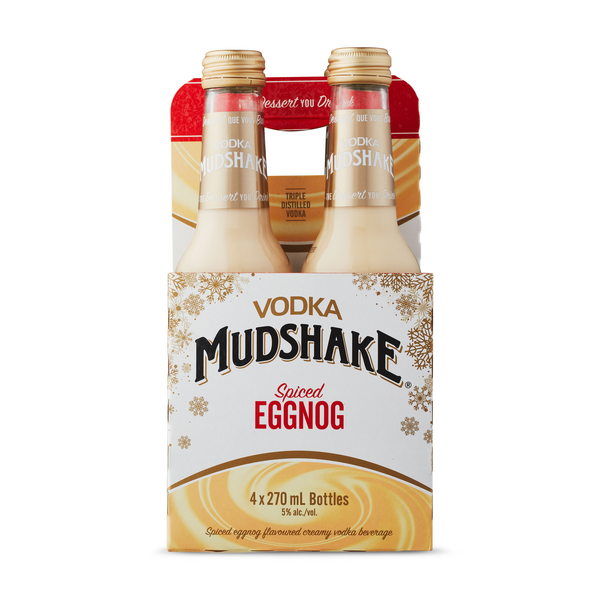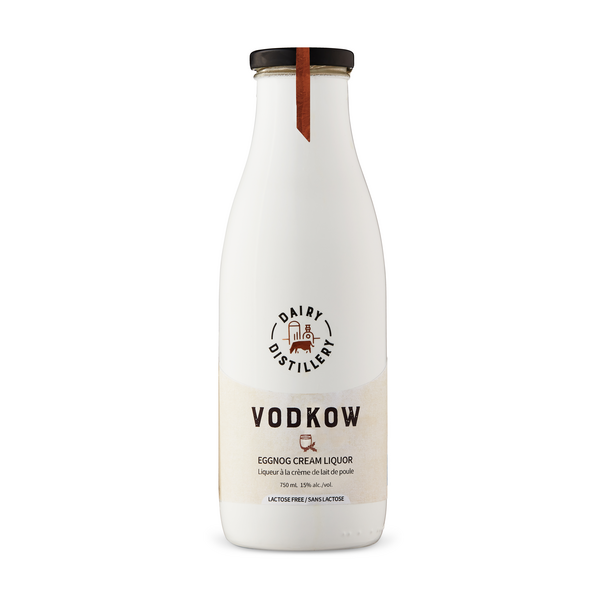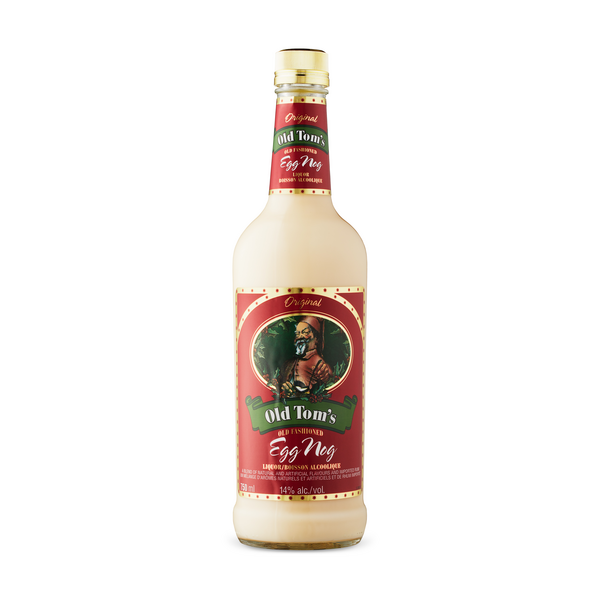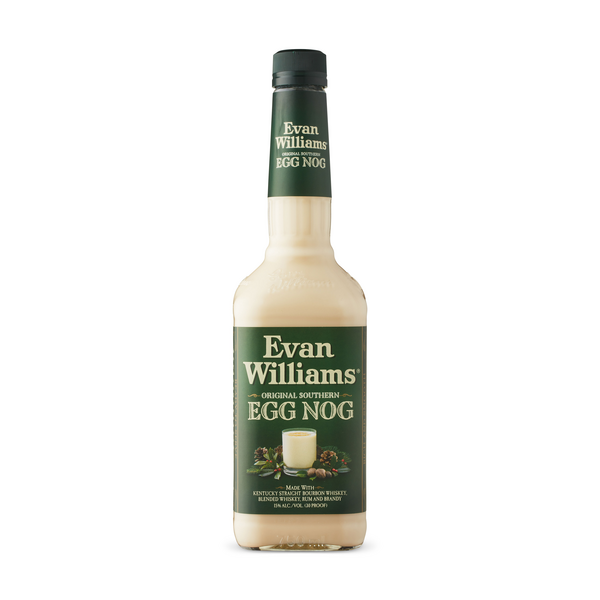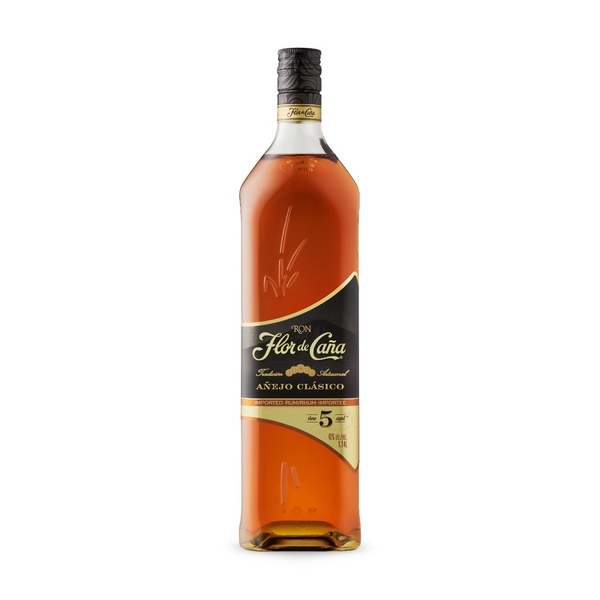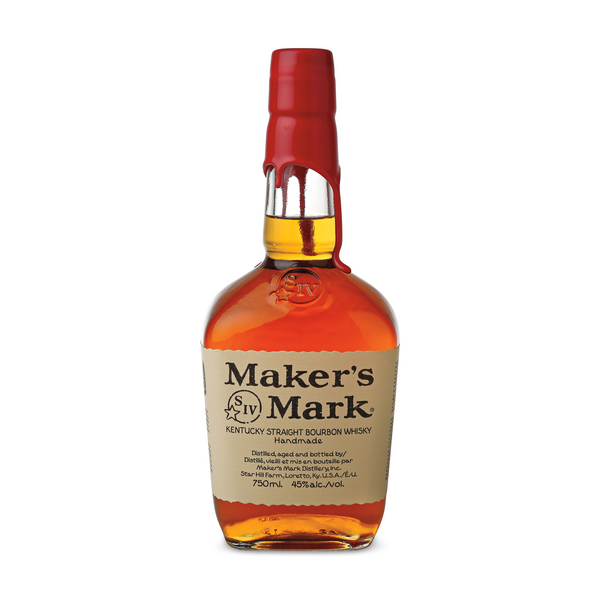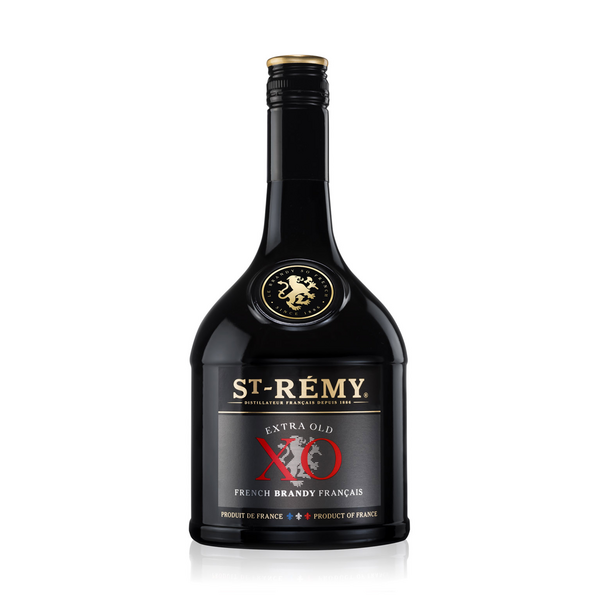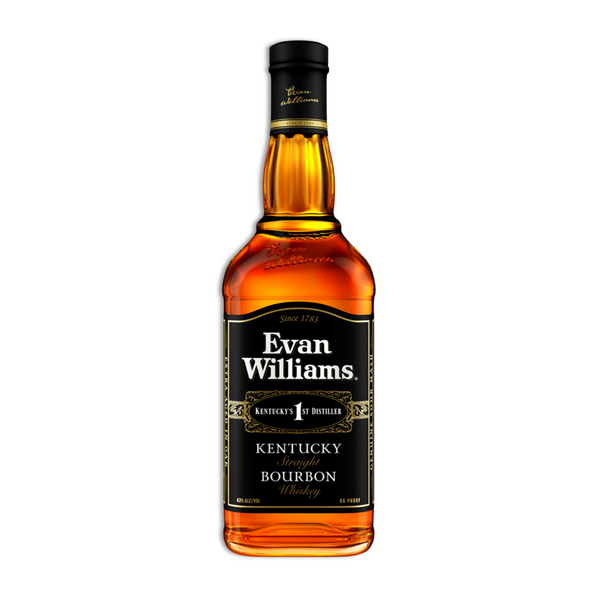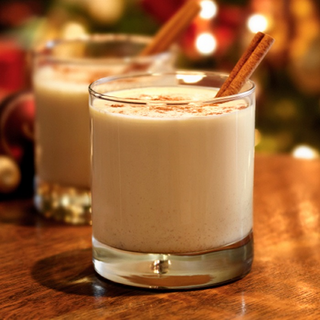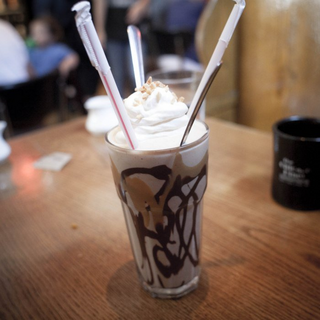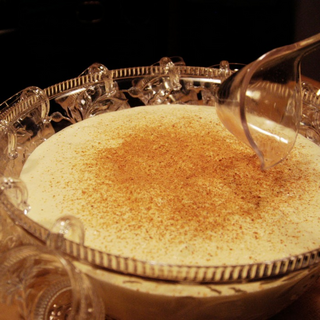-
 56.3 Million bottles delivered
56.3 Million bottles delivered
-
 30% Savings vs our competitors
30% Savings vs our competitors
-
 100% Canadian
100% Canadian
 56.3 Million bottles delivered
56.3 Million bottles delivered
 30% Savings vs our competitors
30% Savings vs our competitors
 100% Canadian
100% Canadian
- Alcohol Delivery
-
Beer
- All Beer
- Ale
- Show All
- Altbier
- Amber
- American IPA
- American Pale
- Belgian
- Belgian Strong
- Blonde
- Brown
- Cream
- Dark
- Double IPA
- Draught
- Dry
- English Bitter Ale
- English Pale Ale
- Flavoured & Spiced
- Fruit
- Golden
- Hazy DIPA
- Hazy IPA
- Honey
- Imperial IPA
- IPA
- Lagered
- Light
- New England IPA
- Other
- Pale
- Pilsner
- Red
- Red Ipa
- Saison
- Session IPA
- Sour
- Stout
- Stout & Porter
- Stout & Porter
- Strong
- Triple IPA
- West Coast IPA
- Wheat
- Wheat & Rye
- White IPA
- Cider
- Gifts and Samplers
- IPA
- Lager
- Light
- Malt
- Mixed Case
- Non-Alcoholic & Specialty
- Other
- Pale
- Porter
- Radler/Shandy
- Seltzer
- Specialty
- Specialty Beer
- Stout
- Beer Delivery Cities
-
Wine
- All Wine
- Champagne
- Fortified Wine
- Gifts and Samplers
- Icewine
- Red Wine
- Show All
- Agiorgitiko
- Agiorgitiko(St.George)
- Agiorgitiko/Cabernet Sauvignon
- Aglianico
- Alentejo
- Alicante
- Alicante Blend
- Amarone
- Aragonés Blend
- Arinto Blend
- Baco Noir
- Barbaresco
- Barbera
- Bardolino/Valpolicella
- Barolo
- Beaujolais
- Blaufränkisch
- Blend
- Blend - Cabernet
- Blend - Meritage
- Blend - Other
- Blended Table Red
- Bobal
- Bonarda
- Bordeaux
- Bordeaux Red
- Brachetto
- Brunello
- Burgundy
- Cabernet Franc
- Cabernet Franc Blend
- Cabernet Franc/Cabernet Sauvignon
- Cabernet Franc/Merlot
- Cabernet Merlot
- Cabernet Sauvignon
- Cabernet Sauvignon Blend
- Cabernet Sauvignon/Agiorgitiko
- Cabernet Sauvignon/Cabernet Franc
- Cabernet Sauvignon/Cabernet Franc/Petit Verdot
- Cabernet Sauvignon/Malbec
- Cabernet Sauvignon/Merlot
- Cabernet Sauvignon/Merlot/Cabernet Franc
- Cabernet Sauvignon/Petit Verdot
- Cabernet Sauvignon/Sangiovese
- Cabernet Sauvignon/Shiraz
- Cabernet Sauvignon/Shiraz/Merlot
- Cabernet Sauvignon/Sumoll
- Cabernet Sauvignon/Syrah
- Cabernet Sauvignon/Syrah/Carmenère
- Cabernet Shiraz Merlot
- Cabernet/Merlot
- Cannonau (Grenache)
- Carignan
- Carignan Blend
- Carignan/Grenache
- Carignan/Grenache/Syrah
- Carmenère
- Carmenère Blend
- Carmenère/Syrah
- Castelão Blend
- Catarratto
- Chardonnay Blend
- Châteauneuf-du-Pape
- Chianti
- Cinsault
- Clarete
- Corvina Blend
- Corvina/Raboso/Refosco
- Corvina/Rondinella
- Corvina/Rondinella/Molinara
- Corvina/Rondinella/Sangiovese
- DAO
- Dolcetto
- Douro
- Durif
- Feteasca Neagra
- Frappato
- Gamay
- Garnacha
- Graciano
- Grenache
- Grenache Blend
- Grenache Noir Blend
- Grenache/Carignan
- Grenache/Mourvèdre
- Grenache/Shiraz
- Grenache/Shiraz/Zinfandel
- Grenache/Syrah
- Grenache/Syrah/Carignan
- Grenache/Syrah/Mourvèdre
- Grenache/Tempranillo
- Kadarka
- Kékfrankos
- Lambrusco
- Limniona
- Limniona Blend
- Maceratino
- Madeira
- Malbec
- Malbec Blend
- Malbec/Cabernet Franc
- Malbec/Cabernet Sauvignon
- Malbec/Merlot
- Malvasia
- Maréchal Foch
- Mavrodaphne
- Mavrotragano
- Mencia
- Meritage
- Merlot
- Merlot Blend
- Merlot/Cabernet Franc
- Merlot/Cabernet Sauvignon
- Merlot/Cabernet Sauvignon/Cabernet Franc
- Merlot/Malbec
- Merlot/Sangiovese
- Monastrell (Mourvèdre)
- Monastrell (Mourvèdre) Blend
- Montepulciano
- Montepulciano/Sangiovese
- Mourvèdre
- Mourvèdre Blend
- Mourvèdre/Syrah/Grenache Noir
- Muscadet
- Muscatini
- Named Varietal Blends-Red
- Nebbiolo
- Nebbiolo Blend
- Nebbiolo/Barbera
- Negrette
- Negro Amaro
- Negroamaro
- Nerello Mascalese
- Nerello Mascalese Blend
- Nero D'Avola/Syrah
- Nero d'Avola
- Nero d'Avola Blend
- Nero di Troia
- Organic
- Other
- Other Red Varietal (Single)
- País
- Passerina
- Perricone
- Petit Verdot
- Petit Verdot/Cabernet Sauvignon
- Petite Sirah
- Petite Sirah Blend
- Piedirosso/Aglianico
- Pinot Noir
- Pinot Noir Blend
- Pinot Noir/Gamay
- Pinotage
- Plavac Mali
- Primitivo
- Primitivo Blend
- Primitivo/Negroamaro
- Pugnitello Blend
- Red - Full Bodied
- Red - Light Fruity
- Red - Medium Bodied
- Red - Sweet
- Red Blend
- Red Table Wines (Unnamed Blends)
- Refosco
- Refosco dal Peduncolo Rosso
- Regional Blended Red
- Rhône
- Rioja
- Ripasso
- Rubicon IGP
- Sagrantino
- Sangiovese
- Sangiovese Blend
- Sangiovese/Cabernet Sauvignon
- Sangiovese/Cabernet Sauvignon/Merlot
- Sangiovese/Canaiolo
- Sangiovese/Merlot
- Saperavi
- Schwarzriesling
- Sciaccarello
- Shiraz Blend
- Shiraz/Cabernet
- Shiraz/Cabernet Sauvignon
- Shiraz/Grenache
- Shiraz/Grenache/Mourvèdre
- Shiraz/Malbec
- Shiraz/Merlot/Cabernet
- Shiraz/Syrah
- Shiraz/Viognier
- Sparkling
- Syrah Blend
- Syrah/Carignan
- Syrah/Grenache
- Syrah/Malbec
- Syrah/Mourvèdre
- Syrah/Mourvèdre/Grenache
- Syrah/Mouvèdre/Grenache
- Syrah/Shiraz
- Syrah/Viognier
- Syrah/Xinomavro
- Tannat Blend
- Tannat/Cabernet Franc
- Tannat/Cabernet Franc/Cabernet Sauvignon
- Tempranillo
- Tempranillo Blend
- Tempranillo/Cabernet Sauvignon
- Tempranillo/Graciano
- Tempranillo/Grenache
- Tinta de Toro
- Tinta Fina
- Touriga Franca Blend
- Touriga Nacional
- Touriga Nacional Blend
- Touriga Nacional/Tinta Roriz
- Traminer
- Trousseau
- Valpolicella
- Vin Santo
- Vranac
- Xarel-lo
- Xinomavro
- Zinfandel
- Zinfandel Blend
- Zinfandel/Petite Sirah
- Zweigelt
- Rosé Wine
- Show All
- Blend
- Blended Table Rose
- Cabernet Franc
- Cabernet Franc Blend
- Cabernet Sauvignon/Shiraz/Merlot
- Cabernet/Merlot
- Commandaria
- Garnacha
- Grenache
- Grenache Blend
- Grenache/Shiraz
- Grenache/Syrah
- Kotsifali/Mandilari
- Moscato
- Negrette Blend
- Other
- Pinot Blanc
- Pinot Grigio
- Pinot Gris Blend
- Pinot Noir
- Pinot Noir Blend
- Rosato
- Rosé
- Rosé - Dry
- Rosé - Sweet
- Viura (Macabeo)
- Xinomavro
- Sake & Rice Wine
- Sparkling Wine
- Specialty Wine
- White Wine
- Show All
- Albana
- Albarossa
- Aligoté
- Alvarinho
- Alvarinho Blend
- Alvarinho/Albariño
- Antão Vaz Blend
- Arinto Blend
- Arneis
- Assyrtiko
- Assyrtiko/Athiri
- Athiri
- Athiri/Malagousia/Muscat
- Avesso
- Blend
- Blend - Other
- Blend - Semillon/Sauvignon Blanc
- Blended Table White
- Bordeaux
- Burgundy
- Carricante/Catarratto
- Chardonnay
- Chardonnay Blend
- Chardonnay Musqué
- Chardonnay/Sauvignon Blanc
- Chardonnay/Sémillon
- Chardonnay/Viognier
- Chenin Blanc
- Chenin Blanc Blend
- Clairette Blend
- Cortese
- Encruzado
- Falanghina
- Flavoured Wine
- Friulano
- Fruit Wine
- Fume Blanc
- Furmint
- Garganega
- Garganega Blend
- Garganega/Chardonnay
- Garganega/Trebbiano
- Garnacha
- Gewürztraminer
- Gewürztraminer/Riesling
- Godello
- Grasevina
- Grüner Veltliner
- Grenache Blanc
- Grenache Blanc Blend
- Grillo
- Gros Manseng
- Hárslevelu
- Loire
- Loureiro
- Malagousia
- Malvasia
- Marsanne
- Marsanne Blend
- Marsanne/Roussane
- Melon de Bourgogne
- Moscatel
- Moscato
- Moschofilero
- Mtsvane
- Muscat
- Named Varietal Blends-White
- Other
- Other White Varietals (Single)
- Pecorino
- Picpoul Blanc
- Pinot Bianco
- Pinot Blanc
- Pinot Grigio
- Pinot Gris
- Pinot Gris Blend
- Pinot Gris/Pinot Grigio/Rulander
- Regional Blended White
- Retsina
- Rhône
- Ribolla Gialla
- Riesling
- Riesling Auslese
- Riesling Beerenauslese
- Riesling Blend
- Riesling Kabinett
- Riesling Spätlese
- Rkatsiteli
- Rkatsiteli/Mtsvane
- Roter Veltliner
- Roupeiro blend
- Roussanne Blend
- Roussanne/Grenache
- Sangiovese Blend
- Santenay
- Sauternes
- Sauvignon Blanc
- Sauvignon Blanc Blend
- Sauvignon Blanc/Chardonnay
- Sauvignon Blanc/Sémillon
- Savagnin
- Savatiano
- Sémillon
- Sémillon Blend
- Sémillon/Sauvignon Blanc
- Sémillon/Sauvignon Blanc/Muscadelle
- Scheurebe
- Semillon/Riesling
- Soave
- Tamaioasa Romaneasca
- Tokaj
- Torrontes
- Traminer
- Trebbiano
- Tsipouro
- Verdejo
- Verdejo Blend
- Verdelho
- Verdicchio
- Vermentino
- Vernaccia
- Vidal
- Vidal Blend
- Vinho Verde
- Viognier
- Viognier Blend
- Viognier/Marsanne
- Viura (Macabeo)
- Viura Blend
- White - Fruity
- White - Full Bodied
- White - Light Dry
- White - Sweet
- White Blend
- White Table Wines (Unnamed Blends)
- Xarel-lo
- Xinomavro
- Xinomavro Blend
- Xynisteri
- Wine Delivery Cities
- Liquor
- Staff Picks
- Gift Ideas
- Promotions
- Become a Driver
National Eggnog Day
Occasions
April
May
May the 4th Star Wars Day
Orange Juice Day
Cinco de Mayo
National Beverage Day
Beer Pong Day
International Sauvignon Blanc Day
National Cosmo Day
National Have a Coke Day
National Moscato Day
Mother's Day
World Cocktail Day
National Mimosa Day
Pinot Grigio Day
World Whisky Day
World Paloma Day
Chardonnay Day
National Wine Day
National Mint Julep Day
June
National Moonshine Day
World Cider Day
National Cognac Day
National Bubbly Day
World Gin Day
National Rosé Day
National Bourbon Day
National Old Fashioned Day
Father's Day
International Drink Chenin Blanc Day
National Martini Day
First day of Summer
World Lambrusco Day
National Limoncello Day
International Rosé Day
PIneapple Day
July
Canada Day
Anisette Day
Independence Day
National Piña Colada Day
National Mojito Day
National Michelada Day
National Grand Marnier Day
National Daiquiri Day
National Tequila Day
National Wine and Cheese Day
National Scotch Day
National Shiraz Day
August
IPA Beer Day
International Albariño Day
Caribbean Carnival Weekend 2023
National White Wine Day
Civic Holiday
National Mead Day
International Beer Day
National Prosecco Day
National Rum Day
Pinot Noir Day
International Whisky Sour Day
National Red Wine Day
National Mai Tai Day
International Cabernet Day
September
National Chianti Day
National Beer Lovers Day
National Sour Beer Day
International Box Wine Day
National Creme de Menthe Day
International Grenache Day
National Rum Punch Day
Oktoberfest
National Horchata Day
National Drink Beer Day
Hot Mulled Cider Day
October
National Vodka Day
Canadian Beer Day
International Pinotage Day
Thanksgiving
National Liqueur Day
International Gin & Tonic Day
National Mezcal Day
Carignan Day
National American Beer Day
Global Champagne Day
Halloween
November
International Stout Day
International Merlot Day
National Shot Day
National Harvey Wallbanger Day
International Tempranillo Day
Zinfandel Day
International Happy Gose Day
National Apple Cider Day
Beaujolais Nouveau Day
DrinksGiving
December
Cabernet Franc Day
National Repeal Day
National Bartender Day
National Lager Day
National Screwdriver Day
International Tea Day
National Sangria Day
National Coquito Day
National Eggnog Day
January
February
March
Eggnog has a rich history that dates back several centuries and is associated with holiday celebrations. While the precise origins of eggnog are not definitively known, its roots can be traced to medieval Britain and possibly even earlier in Europe. The drink likely evolved from a variety of milk and ale-based punches that were popular in those regions.
Medieval Britain: In medieval Britain, a drink called "posset" was made with hot milk mixed with ale or wine. Eggs and spices were often added for flavor. This beverage evolved into a variety of milk and egg-based drinks, laying the foundation for what would later become eggnog.
Colonial America: As Europeans settled in America, they brought their various culinary traditions, including eggnog. The early American colonists adapted the recipe to include the local ingredients they had on hand, such as rum, which was more readily available than the brandy or wine used in the Old World.
17th Century: Eggnog as we know it today began to take shape in the 17th century. The word "nog" is thought to have originated from the word "noggin," which was a wooden mug used to serve drinks in taverns.
18th Century: By the 18th century, eggnog had become a popular drink in the American colonies during the holiday season. It was often associated with social gatherings and festivities.
19th Century: Eggnog continued to evolve in the 19th century. Dairy production became more industrialized, making milk and eggs more accessible to the general population. Eggnog became a standard part of Christmas and New Year's celebrations.
20th Century: Commercial production of eggnog began in the 20th century, and it became widely available in stores during the holiday season. Today, eggnog is a festive beverage enjoyed in many Western countries.
Eggnog recipes and variations have continued to evolve, with regional differences and personal preferences influencing the ingredients used. While it's traditionally associated with Christmas and New Year's, eggnog has become a symbol of holiday cheer and is enjoyed in various forms throughout the winter season.
Here is a basic recipe for traditional eggnog:
Ingredients:
6 large eggs
3/4 cup granulated sugar
2 cups whole milk
1 cup heavy cream
1 teaspoon vanilla extract
1/2 teaspoon ground nutmeg
Optional: 1/2 to 1 cup of bourbon, rum, or brandy (to taste)
Instructions:
In a mixing bowl, beat the eggs until they are well blended.
Gradually add the sugar to the beaten eggs, continuing to mix until the mixture becomes smooth.
Slowly add the milk, heavy cream, vanilla extract, and ground nutmeg to the egg and sugar mixture. Mix thoroughly.
If you choose to include alcohol, stir in the bourbon, rum, or brandy.
Refrigerate the eggnog mixture for at least two hours, allowing the flavors to meld.
Before serving, stir the eggnog well and sprinkle the top with additional nutmeg for garnish.
Eggnog is often served in small glasses and may be garnished with a sprinkle of cinnamon or additional nutmeg. While the alcoholic content is optional, many people enjoy adding a splash of rum or bourbon to their eggnog for a little extra warmth and flavor.
Commercially, you can find pre-made eggnog in grocery stores during the holiday season. Eggnog-flavored products, such as ice cream and lattes, also become popular during this time. Whether homemade or store-bought, eggnog remains a beloved and iconic part of festive holiday traditions.

